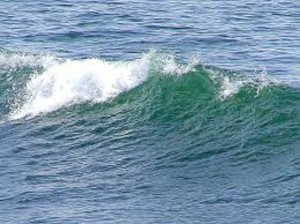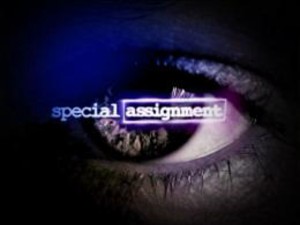Large-scale International Emergency Exercise Evaluating Response to a
Nuclear Emergency Concludes after 36 hours
The International Atomic Energy Agency (IAEA) along with 82 Member
States and 10 international organizations concluded a two-day
international emergency exercise yesterday that tested responses to a
simulated accident at a nuclear power plant in Hungary.
The accident scenario at Paks Nuclear Power Plant simulated a
significant release of radioactive materials into the atmosphere. This
required States to address matters such as the prompt exchange of
information, assessment of the situation, decisions on protective and
other response actions including possible medical response, public
communication, and the import/export of goods and border crossings.
As part of WHO`s new Health Emergencies Programme (WHE), WHO is
enhancing its emergency preparedness and response capacity. Simulation
exercises are a vital element in this process as it is through testing
and exercising that we can strengthen our systems and procedures.
“Along with other agencies, this exercise allowed WHO to test its
procedures in relation to a radio-nuclear incident. Participating in
this simulation exercise was critical because while serious
radio-nuclear incidents are fortunately less common than disease
outbreaks, we need to be prepared to respond to any serious health
emergency, regardless of origin,” said Dr Peter Salama, Executive
Director of the WHO Health Emergencies Programme.
Large-scale exercises of this kind are conducted every three to five
years to test arrangements in place for fulfilling obligations under
the Convention on Early Notification of a Nuclear Accident and the
Convention on Assistance in the Case of a Nuclear Accident or
Radiological Emergency. Based on a national exercise in a Member State,
the Level 3 Convention Exercise (ConvEx-3) is the IAEA’s highest level
and most complex emergency exercise. It is designed to identify
emergency preparedness and response best practices as well as areas for
improvement.
This week’s exercise underscored the need for better cooperation during
an emergency at the national and international level on the prompt
exchange of information; the conduct of assessment and prognosis; the
provision of international assistance; and the coordination of public
information.
In the coming weeks, the IAEA will compile feedback from participating
Member States and international organizations into a report that will
identify good practices and areas for further improvement in order to
strengthen national and international preparedness to respond to
nuclear and radiological emergencies of all kinds.









